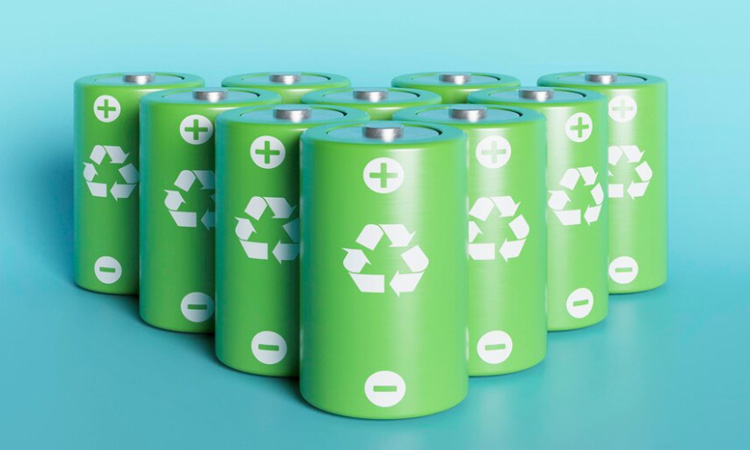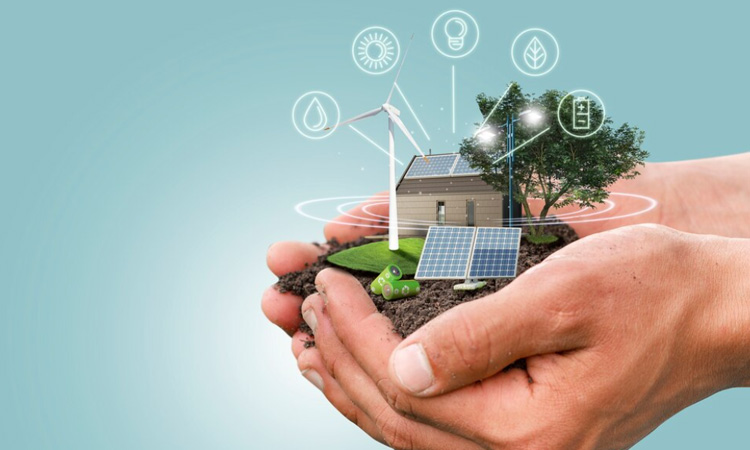Energy storage is a pivotal technology in our journey towards a sustainable future. It helps address a challenge faced by renewable energy sources like solar and wind – their intermittency. While the sun doesn’t always shine, and the wind doesn’t always blow, advanced energy storage solutions, like batteries, step in to store excess energy for use during periods of low renewable generation. In this article, we will explore energy storage from a professional perspective while making it easy to understand.
The Challenge of Intermittent Energy
- Renewable Resources: Solar panels and wind turbines are excellent sources of clean energy. However, they generate electricity only when the sun is shining or the wind is blowing, making their output intermittent.
- Matching Supply and Demand: Energy demand doesn’t always align with energy generation. For example, we need electricity at night when the sun isn’t shining. This misalignment presents a challenge.
The Role of Energy Storage
- Storing Excess Energy: Energy storage systems, primarily batteries, store surplus electricity generated by renewable sources when it’s available.
- On-Demand Power: When the sun sets, or the wind dies down, the stored energy can be released to provide a continuous and reliable power supply.
Types of Energy Storage
- Battery Energy Storage: Batteries, like the ones used in electric vehicles, are the most common form of energy storage for homes, businesses, and even power grids.
- Pumped Hydro Storage: This technology stores energy by pumping water uphill to a reservoir when there’s excess electricity. When power is needed, the water is released downhill, turning turbines to generate electricity.
- Flywheel Energy Storage: Flywheels store energy as rotational kinetic energy. When needed, they convert this kinetic energy back into electricity.
- Thermal Energy Storage: In some cases, excess energy can be stored as heat and used to produce steam and generate electricity when required.
Benefits of Energy Storage
- Grid Stability: Energy storage helps maintain a stable and reliable power grid by balancing supply and demand.
- Maximizing Renewable Energy: It allows us to capture excess energy generated by renewables, reducing waste and optimizing their use.
- Emergency Power: Energy storage can provide backup power during outages, ensuring critical services continue to function.
- Reduced Reliance on Fossil Fuels: By storing renewable energy, we decrease our dependence on fossil fuels, which is better for the environment.
Challenges and Advances
- Cost: While energy storage technology has made great strides, reducing costs further is a primary goal to make it more accessible.
- Environmental Impact: The production and disposal of some battery technologies can have environmental consequences. Research is ongoing to improve their sustainability.
Energy storage is a critical component of our clean energy future. It enables us to capture and use renewable energy when the sun isn’t shining, and the wind isn’t blowing, making it a vital part of our transition to a sustainable and reliable power supply. As technology continues to advance, we can look forward to even more efficient and affordable energy storage solutions, bringing us closer to a greener and more resilient energy grid.
Next On Your Reading List:


